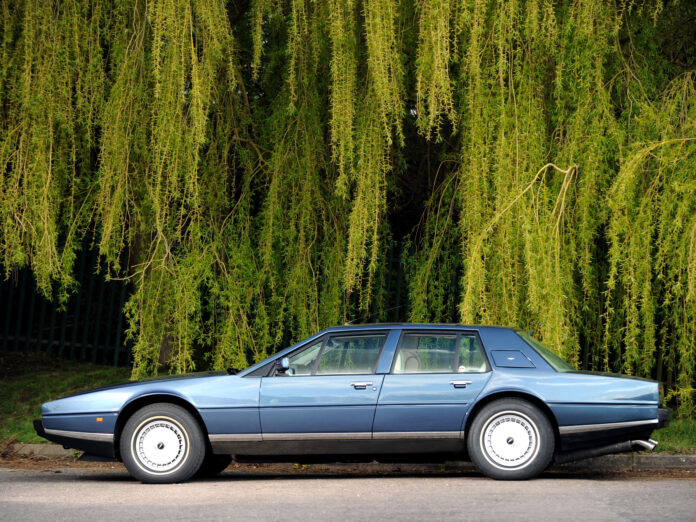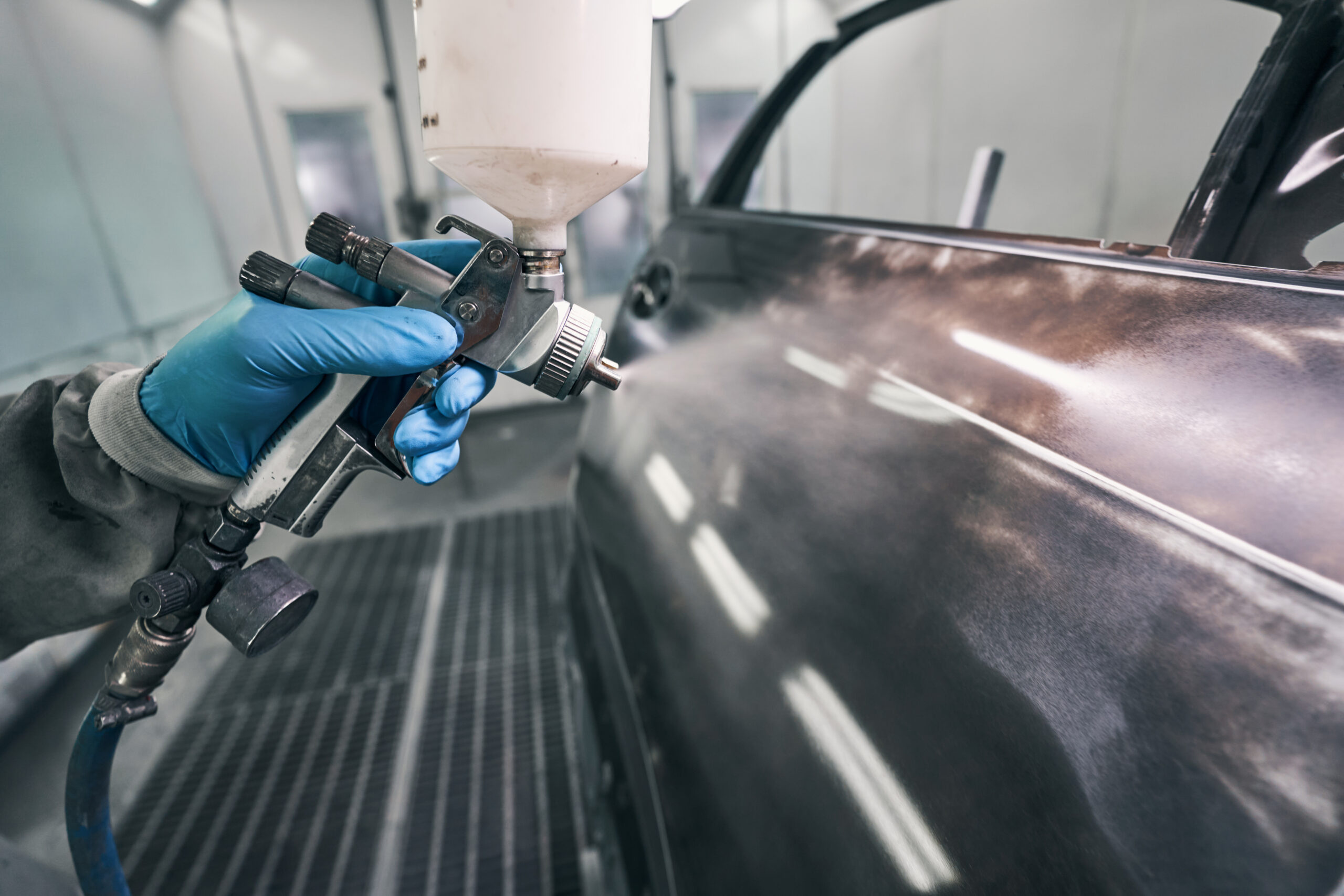The first V8 Lagonda was a stretched ‘DBS’, with just 7 examples including the prototype, built. These are utterly conventional, and with care, very reliable.
Then came the 1976 V8 Lagonda, designed by William Towns, which went into production during 1978. The capacitive switches were cutting edge, and dropped for production. The electronic system was made in the USA, but corners were cut with the central computor which meant it could suffer failures regularly. Often this involved stripping the computor out, removing boards, putting the same boards back in and off it went for another 6 months. We sent people all over the world to do this. The issue? The boards were not properly supported and the contacts were not gold plated. Long term storage, humidity and vibration took care of the failure.
The model went through three iterations of instruments, with the last one the best. Only one car was ever built on the assembly line with conventional instruments – for the Duke of Westminster.
The 1976 car had all four seats fully electrically adjustable, yet not one production car had this feature. There were many small changes between the first car and all subsequent versions, which lost some of the design impact along the way.
At the time of the mid-engine Bulldog project, a bi-turbo Lagonda was built with engineering prototype No2. As was often the case, there was simply not enough money to bring that car to production – but imagine 2.2 tonnes of car as fast as the late 1980s V8 Vantage coupe, which weighed 400 kg less.
The re-style of the 1976 V8 Lagonda – the last production car design by William Towns – sought to reduce costs and refresh the design. In the process much of the original design drama went. The outside may be dull, but the electronics were the best – of course, still no electrically adjustable rear seats…
The vast majority of the V8 Lagonda is robust and reliable with the correct service intervals, which by North American standards is a bit intensive. The computor was its biggest weakness, but more often than not could be brought back to life with simple ‘remove and refit’ operation.
Could the car have sold without the electronics? Yes. However, it’s hard to imagine now, those electronics were a major differentiator in the market. Perhaps a handmade exotic skin with a hand-built engine just was not enough.




